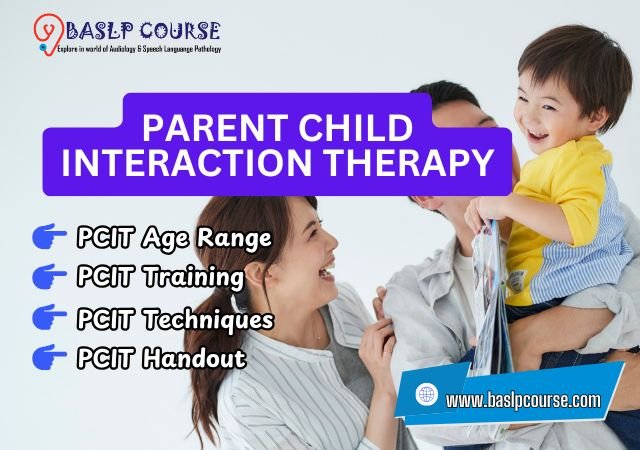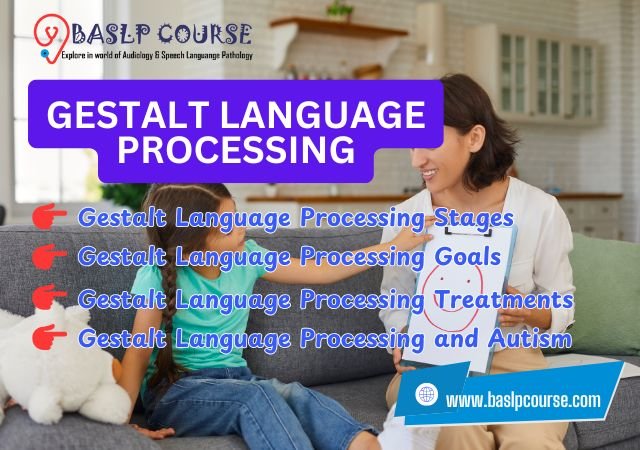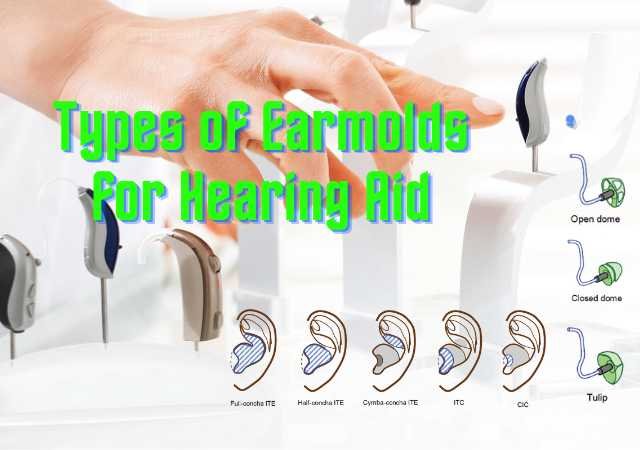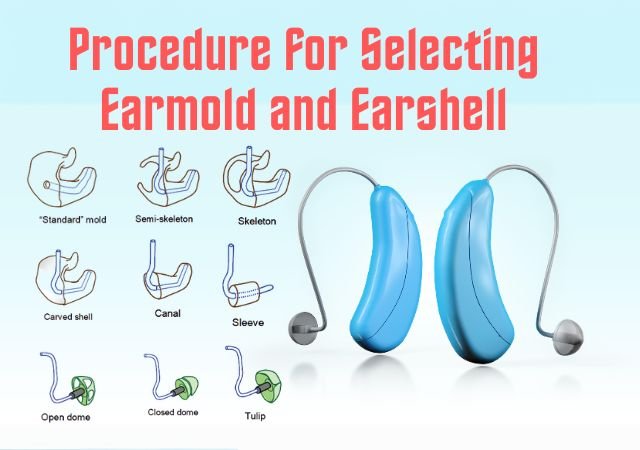Prevention and Early Identification of Fluency Disorder: Stuttering is a disorder of childhood, onset of which in more than 90% of the individuals is before the age of 6 years. Clinicians are often apprehensive in counseling the parents regarding the need for intervention for young children with stuttering in terms of duration of treatment required, outcome expected, the techniques which facilitate recovery, etc. this is more so with those who adhere to the
Johnson’s Diagnosogenic theory. This is a serious problem when the current emphasis is more on early identification and intervention.
However, early identification and treating children close to onset of stuttering is increasingly emphasized by many authors for the following reasons:
- It is easy, less time consuming and more long lasting [i.e., approximately 1-3 months or 20 hours for children (Starkweather and Gottwald, 1986) and one to several months / years or 140 hours for adults (Van Riper, 1973; Webster, 1974)] and is reported to be dependant on the chronicity of the problem.
- Reported rates of success is higher (>90%) compared to that for adults (50-75%) (Franken, 1988; Starkweather, Gottwald and Halfond, 1990; Webser 1974).
- Relapse rate for treated adults is reported to be around 50% (Franken, 1988); whereas for children it is close to zero (Starkweather, Gottwald and Halfond 1990).
- Adults who are treated are reported to have carefully monitored speech (Boberg and Kuly, 1994) and diminished quality of speech (Franken, 1988) or may have residual stuttering behaviors (Prins, 1984) while the treated children are reported to be no different from their non stuttering peers (Starkweather, Gottwald and Halfond 1990; Gottwald and Starkweather, 1984 and others)
- Although it is reported that many children with stuttering spontaneously recover (the recovery rates range from 20-80% according to various estimates), nearly 20% would continue to stutter if not treated and it is not a small number when 1% of the total adult population who continue to stutter if not treated is considered. Further, although some predicting factors are there to guide us regarding who will and who will not recover spontaneously as given above, they are not fool proof.
- The impact of stuttering problem on the young minds to live with it could be quite handicapping emotionally, socially, educationally and vocationally as reported by many PWS.
References:
⇒ STUTTERING An Integrated Approach to Its Nature and Treatment – BARRY GUITAR, PH.D. (Book)
⇒ Stuttering and Cluttering – David Ward (Book)
You are reading about:
Prevention and Early Identification of Fluency Disorder







0 Comments